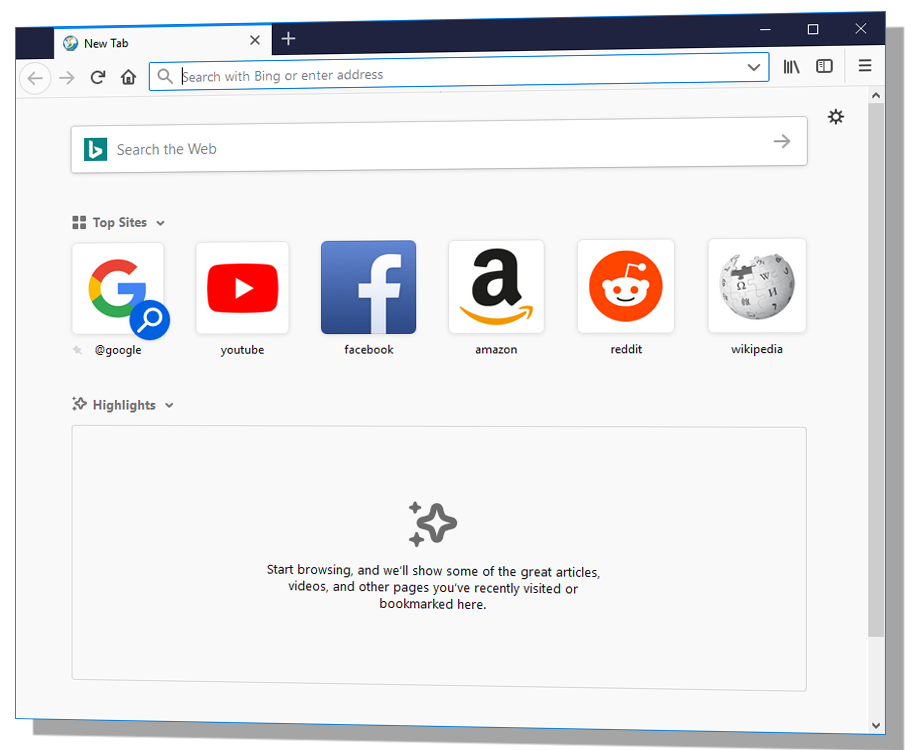

- #Iphoto library manager for windows comparison mac software#
- #Iphoto library manager for windows comparison mac trial#
- #Iphoto library manager for windows comparison mac free#
#Iphoto library manager for windows comparison mac free#
We use Glow Draw ( free from Indigo Penguin Limited, there are a number of apps with the same or a similar name) and Doodle Buddy ( free, $.99 to hide ads) on our iPad at home for fun sketching. Sketchbook Express ( free), available on the Macintosh App Store and also for Windows, is a really nice tool that is simple enough for kids but also sophisticated.

#Iphoto library manager for windows comparison mac trial#
If you’d like to try HyperStudio 5 at home, a free 30-day trial is available for HyperStudio here. Roger Wagner, the creator of HyperStudio, sent me this link, which shows many different ways HyperStudio is being used. Kids can create presentations to show to family and friends. It’s great for kids who want to present on any topic they know a lot about. Here’s some ideas for using HyperStudio: butterfly life cycle and other cycles in nature kids create their own “house” where each page is a room connected by invisible buttons on door knob kids research states and use HyperStudio to document a trip through a region of the United States. For example, you can easily access your iPhoto Library to pull into photos into projects. Both also have built in integration with iLife. Both KidPix and Hyperstudio allow kids to record their voices to go with buttons or pages.

The drawing tools are similar to KidPix but HyperStudio allows multiple pages and kids create buttons (either visible or invisible) to allow hyperlinking between pages of their project.

#Iphoto library manager for windows comparison mac software#
If you’d like to try this program at home for two weeks, they offer a free 15-day trial you can download from their web site.įor multiple page projects, I like use HyperStudio 5 ($$$), also from Software MacKiev. I recommend letting kids explore all the different tools first. Some ideas for using KidPix include: alphabet or number books daily illustrated journals self and family portraits and free drawing. We usually require students to draw everything themselves for content related projects rather than use KidPix supplied backgrounds, stamps, and stickers. and has standard tools for drawing, such as pen, paint, fill bucket, stamps, stickers, erasers, and more. The program is primarily good for one-page projects. Winner of a Parent’s Choice Silver Award, we use KidPix starting at the end of preschool and heavily in Kindergarten and first grade, though elementary students all the way up to sixth grade also use it. Our first program is KidPix from Software MacKiev ($$) which runs on Windows and Macintosh. Depending on the hardware and software used, students use the mouse, fingers (on tablet computer), or a drawing tablet for more sophisticated artists. However, art of the computer is a useful adjunct to using physical materials and can also provide some added possibilities. We will look at animation and comic book software in a future column.įirst, doing art on the computer can never replace the tactile experience of working with physical materials. Today, I’ll go over some commercial and free programs and give some ideas of how they can be used at home and in educational settings. Are they too young to use computers? Are they using technology too much? What I have found, in my experience using technology with students for over 20 years, is that it is not so much “how much” and “when” but “what.” In our work at the Williamsburg Schools, we aim to enable kids to use technology constructively and creatively while also helping teachers meet state standards. I sometimes hear concerns from parents about technology and their children. Students use KidPix to create diagrams for their study unit on volcanoes.


 0 kommentar(er)
0 kommentar(er)
